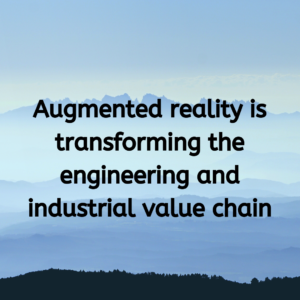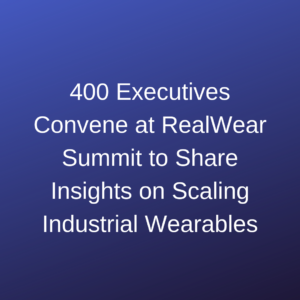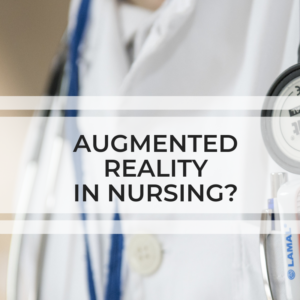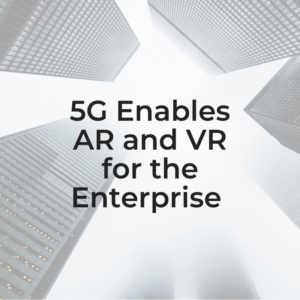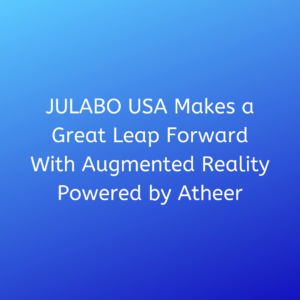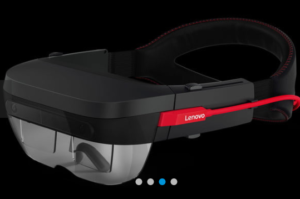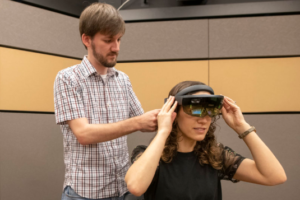Atheer Enterprise Survey: AR Adoption Coming Faster than you Think
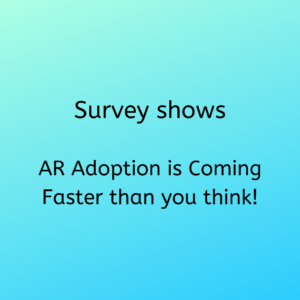
There were a number of interesting results but here is one clear highlight: 70% believe that AR technology will see widespread adoption in the organization within three years.
That’s huge and an indicator that awareness of AR is maturing and that trials are proving successful, leading to full deployments.
The survey was emailed to a wide audience and received 248 responses – enough to be meaningful. These responses came from a wide range of industries including technology, mining, oil & gas, construction, manufacturing, transportation and warehousing, consulting/services and education.
Awareness of AR within enterprises is good, but could be better. Any negative impressions from the failed Google Glass consumer product have pretty much faded. According to the survey results, 25% said there was limited awareness about AR overall within leadership, while 45% say that a few members of the senior executive teams in their organizations have taken the lead and the awareness is spreading’.
Only 20% of enterprise respondents said that ‘a majority of leaders seem clear about the potential’ of AR, suggesting more education is needed.
The survey also asked about the key barriers for deploying AR. 52% said ‘unclear return on investment’, while 49% said ‘AR hardware limitations’, followed by ‘a lack of understanding where AR could be used’ (39%).
“What was a bit surprising was the relatively low percentages for privacy and safety risks (14%) and data security risks (20%),” said Wheelwright. “These expectations seem to be different in an enterprise setting compared to a consumer setting.”
So what needs to be done to improve awareness and adoption? Wheelwright says that a lot of good information in now available at a large number of conferences devoted to AR/VR/MR, so start there.
“Trials are key to gaining awareness and developing meaningful solutions with ROI, so we try to make this as easy as possible to accomplish and always suggest setting a baseline before the trial to measure improvements,” said Wheelwright.
Another key to breaking down barriers is to leverage the existing infrastructure like hardware, connectivity, device management and security. This often means starting a trial on a smartphone or tablet to prove the benefit. In some cases where hands-free access to information is needed, the app can be migrated to a headset solution.
“This was a clear preference from our survey,” said Wheelwright, “and very much aligns with the ‘mobile-first’ strategy that Atheer recently outlined as part of its new Augmented Reality Management Platform (or ARMP).”
This is a cloud-based AR Management Platform that works with existing hardware and software in the enterprise and is designed to evolve to take advantage of new AR hardware and operating system enhancements.
Read more insights from the Atheer enterprise AR survey here.
